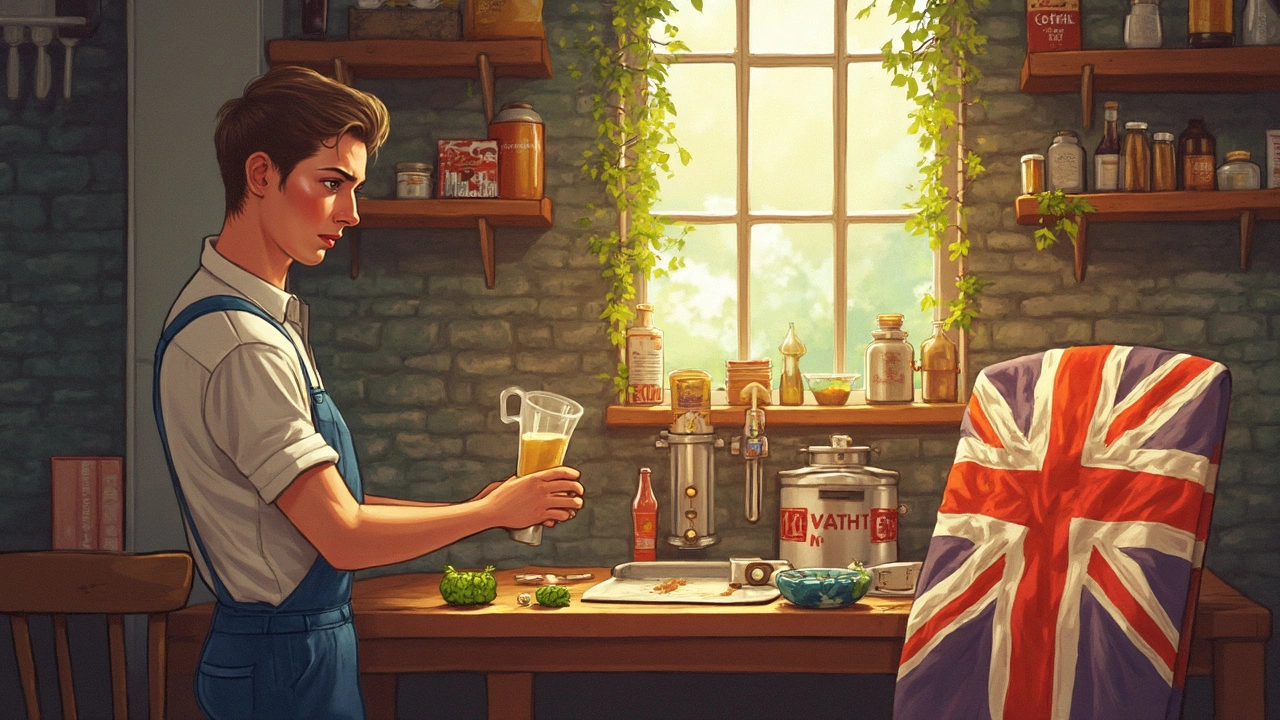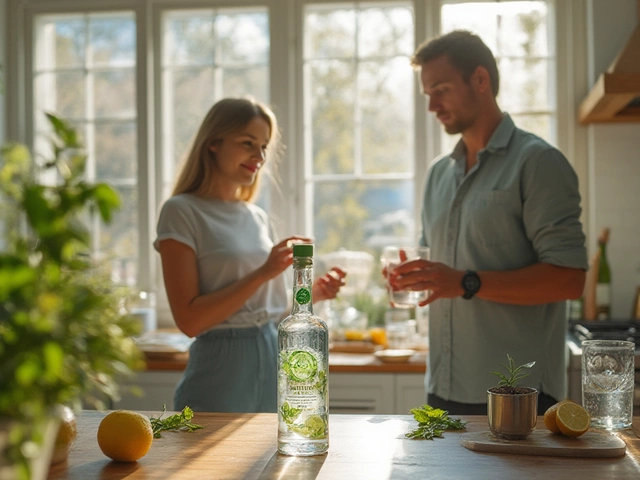Fast Brewing Beer: Get Your Brew Ready in Days
If you’ve ever stared at a brew schedule that stretches for weeks, you know the frustration. The good news? You can cut down the waiting time without sacrificing flavor. Below are practical steps anyone can follow, whether you’re a complete beginner or have a few batches under your belt.
Speedy Brewing Basics
First, choose a brew method that’s built for speed. Malt extracts are your best friend – they skip the mashing stage, so you can go straight to boiling. Look for light or amber extracts, then add a small amount of specialty grains if you want more character.
Next, pick a fast‑acting yeast. Certain ale strains finish fermentation in 48‑72 hours at the right temperature (around 68‑70°F). Keep the fermenter in a warm spot or use a small heater to stay in that sweet zone. The hotter the yeast (within safe limits), the quicker it works.
Don’t forget oxygen. A quick burst of air right after pitching the yeast gives it the boost it needs to multiply fast. A simple shake of the carboy or a short whirl with a sanitized stir stick does the trick.
Finally, consider short‑fermenting styles like happy‑hour lagers or session ales. These beers are designed to be low‑ABV and light, which naturally speeds up fermentation and conditioning.
Quick Recipes to Try Tonight
Here’s a no‑nonsense recipe that can be bottled in under a week. You’ll need: 3 lb light malt extract, 1 lb crystal 20, 0.5 lb dry malt extract, 1 oz American pale hops (bittering), 0.5 oz citrus hops (aroma), and a fast‑acting ale yeast.
Boil 2 gal of water, add the extracts, and stir until dissolved. Bring to a rolling boil, then toss in the bittering hops for 45 minutes. After the boil, cool the wort quickly with an immersion chiller or an ice bath down to 68°F.
Transfer the cooled wort to a sanitized fermenter, top up with cold water to 5 gal, pitch the yeast, and seal. Within 48 hours you’ll see vigorous activity – that’s when you know fermentation is on track.
After three days, give the beer a quick gravity check. If it’s stable, prime with a small amount of sugar and bottle. Keep the bottles in a warm pantry for another 48 hours, then chill and enjoy. You’ll have a fresh, drinkable brew in just five days.
Want a twist? Add a teaspoon of fruit puree or a splash of juice at bottling. The sugars will feed the yeast a bit more, creating a subtle flavor boost without adding extra waiting time.
Remember, the key to fast brewing isn’t cutting corners on sanitation. Clean everything that touches your beer, and you’ll avoid off‑flavors that can ruin a quick batch.
Give these tips a go, and you’ll be surprising friends with a home‑brewed pint sooner than you thought possible. Happy brewing!
Homebrewing is a fun hobby, but what if you're short on time? Discover which type of beer you can brew the fastest, making use of modern home brewing kits. Learn practical tips, choose the right ingredients, and understand the basic process to craft your beer without waiting weeks. Perfect for anyone eager to enjoy their homemade brew in no time.
View Details

